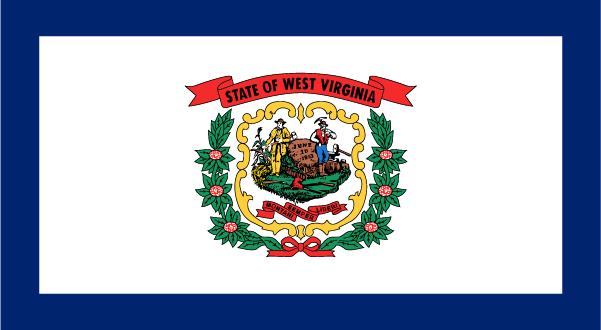West Virginia Travelogue
Articles
Travelogues
View more from News & Articles or Primerus Weekly

By Tom Kirvan
Tucked in the heart of the Appalachian Mountains, West Virginia is a state defined by its rugged beauty, rich cultural traditions, and deep historical roots. Known as the "Mountain State," West Virginia is a destination that offers scenic landscapes, outdoor adventures, and a warm sense of community. Whether you’re hiking through lush forests, exploring quaint mountain towns, or uncovering Civil War history, West Virginia offers an unforgettable journey through one of America’s most underrated treasures.
West Virginia is home to approximately 1.8 million residents, making it one of the smaller states by population. Despite its modest size – it’s the 41st-largest state – West Virginia boasts an incredibly diverse geography dominated by mountains, valleys, rivers, and forests. The Appalachian Mountains carve through the state, creating a dramatic and picturesque landscape that attracts both nature lovers and adventure seekers.
The state’s population reflects a rich blend of Appalachian heritage, with strong ties to coal mining, music, and crafts. Communities are tight-knit, but visitors often find themselves welcomed with genuine hospitality.
West Virginia holds a distinctive place in American history. It was formed during the Civil War in 1863, when it broke away from Confederate Virginia to join the Union, becoming the only state to form by seceding from a Confederate state.
The state's history is closely-tied to the coal mining, railroads, and labor movements. The early 20th century saw numerous labor struggles, including the infamous Battle of Blair Mountain, one of the largest labor uprisings in U.S. history. West Virginia’s coal heritage continues to shape its cultural identity, even as the state transitions into a more diversified economy.
Historically, coal mining and logging were the cornerstones of West Virginia’s economy. While these industries remain important, the state has diversified in recent decades. Manufacturing, energy, healthcare, and education now play significant roles. Tourism, especially eco-tourism and outdoor recreation, is a growing sector thanks to the state’s abundant natural beauty.
West Virginia is also investing in renewable energy and technology sectors, aiming to revitalize areas affected by the decline of coal. Programs to promote small business growth, particularly in tourism and craft industries, are helping to reshape the state’s economic future.
Charleston, located in the southwestern part of the state, is both the capital and largest city of West Virginia. Nestled along the Kanawha River and surrounded by hills, Charleston offers a blend of government, commerce, and culture. Visitors can explore the West Virginia State Capitol, renowned for its gold-leaf dome, stroll through local farmers' markets, or enjoy performances at the Clay Center for the Arts and Sciences.


Capital: Charleston
Population: 1.8 million
Highest Point: Spruce Knob (4,863 feet)
Motto: Mountaineers Are Always Free
Primerus Member: Wharton Aldhizer & Weaver, PLC
Wharton Aldhizer & Weaver, PLC, a full-service law firm located in Harrisonburg.
Despite its modest size, Charleston serves as a cultural hub for the state, offering vibrant festivals, historic neighborhoods, and a burgeoning food scene.
Five Must-See Destinations